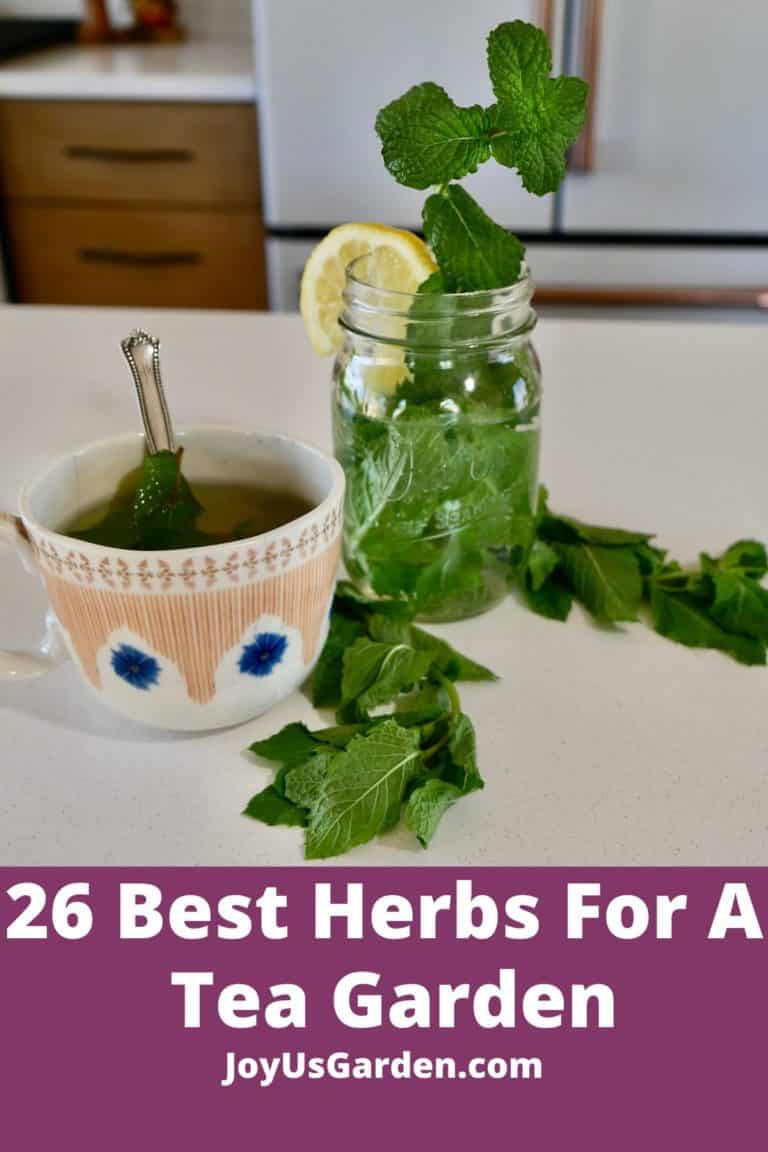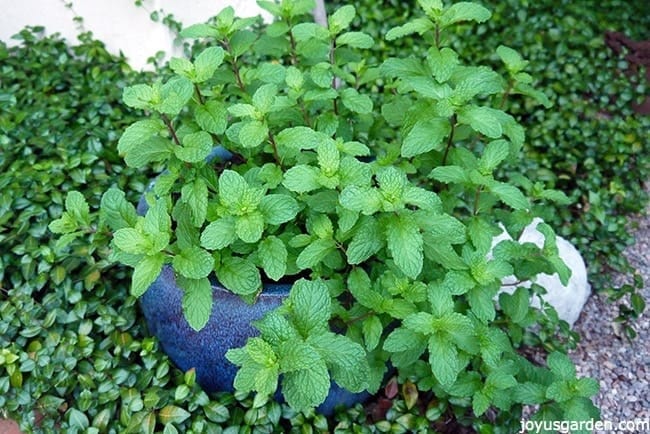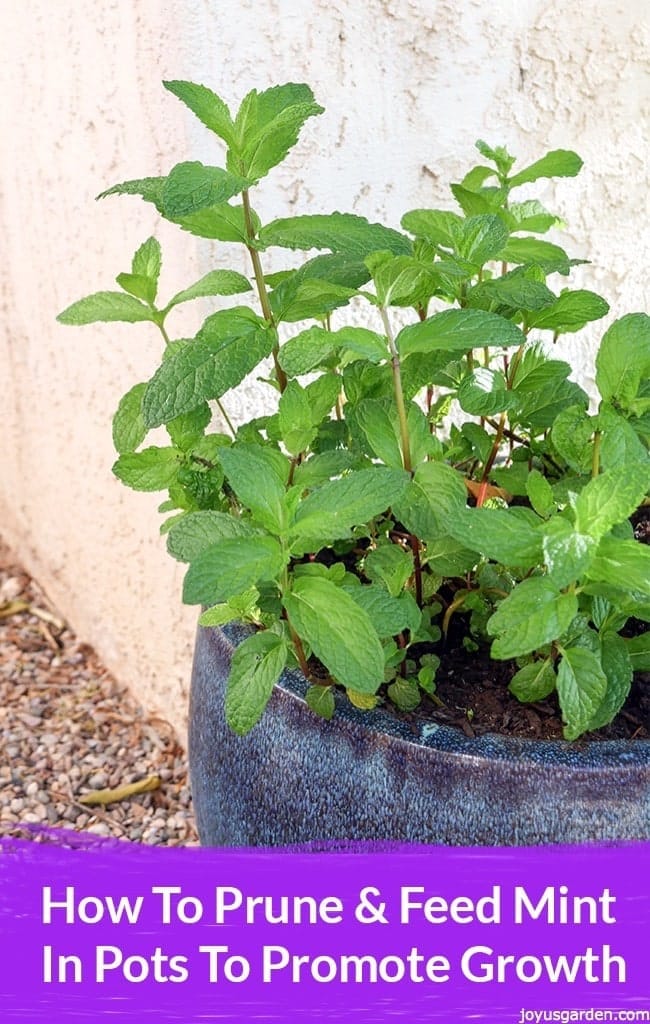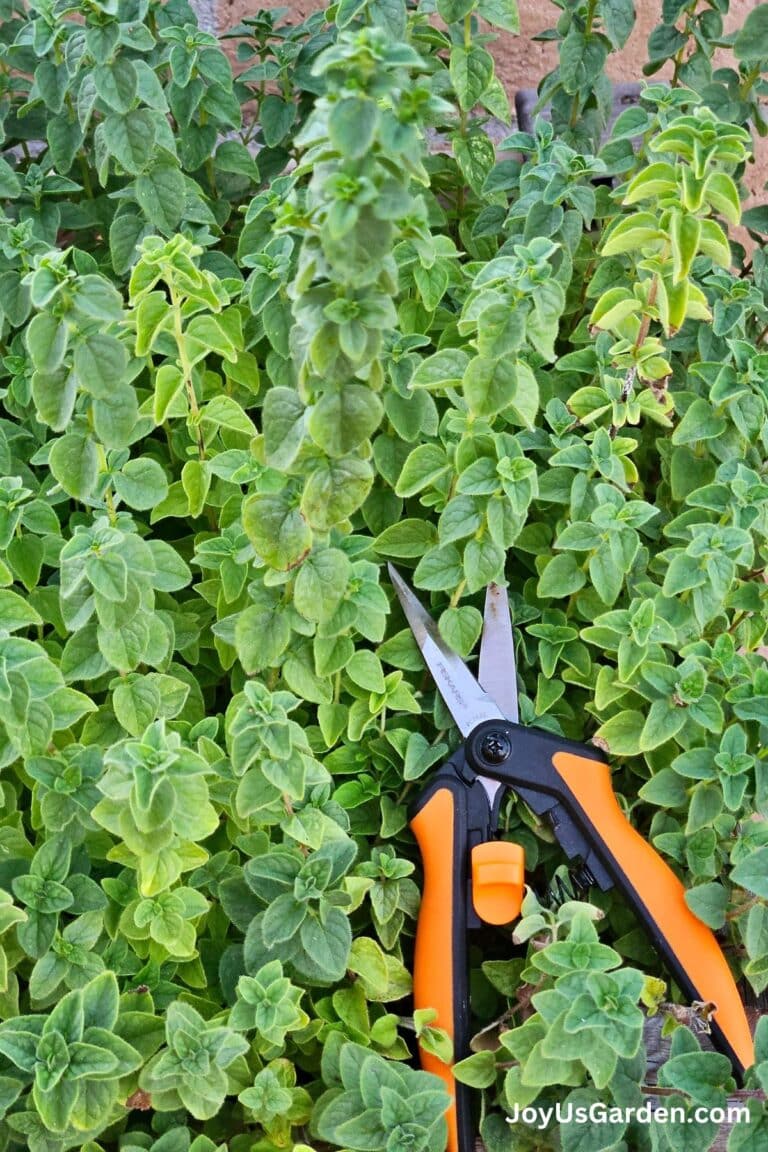Rosemary Companion Plants: A Planting Companions Guide
If you’re interested in learning more about how to get the most benefits out of your rosemary plants, read on and discover the best rosemary companion plants for natural pest control, healthier plants, and a more prolific garden.
Rosemary (Rosemarinus officinalis) is a classic culinary herb from the Mediterranean region that’s often used in soups, stews, and roasted dishes. But while no herb garden or vegetable garden is complete without rosemary, most gardeners don’t realize rosemary isn’t just useful for cooking!
The strong aroma of rosemary plants makes them perfect plant companions for many other herbs and veggies, and rosemary flowers are also ideal for attracting beneficial insects and pollinators to your garden.
What Is Companion Planting?

Companion planting is a traditional gardening technique wherein different plants with similar growing requirements are planted in close proximity to each other. This is done to simplify gardening chores, but a great companion plant will also offer other health benefits to its neighbor.
For instance, plant companions can repel harmful insects, offer shade to sun-sensitive herbs and vegetables, or enhance the growth and flavor of nearby plants.
Benefits Of Companion Planting
Ideal companion plants have the same soil requirements, water requirements, and other growing needs, which makes them super easy to keep together. Beyond this, some of the other main benefits of companion planting include:
- Better taste. Good companion plants can sometimes actually improve the flavor of other plants!
- Improved growth. Companion plants can also boost the growth of their neighbors.
- Fewer pests. Strongly scented herbs and flowers are ideal for repelling many common garden pests, like carrot flies, cabbage moths, cabbage loopers, tomato hornworms, spider mites, and the Mexican bean beetle.
- Space savings. Growing plants together in pots or gardens is always useful for maximizing your garden space.
- Better overall health. Companion plants offer numerous benefits to their neighbors. For instance, tall tomato plants can provide partial shade to sun-sensitive herbs like basil, and legumes can enhance the nutrient content of garden soil.
Best Rosemary Companion Plants
Which Flowers Grow Well With Rosemary
Rosemary may be an edible herb, but that doesn’t mean you must grow it in an herb garden! Rosemary’s sturdy, textural branches make it a great addition to flower beds, and rosemary looks even prettier when it blooms small, purple flowers in spring.
If you like the idea of growing rosemary in a flower bed, these flowering plants are some of the best options to pair with rosemary.
If you need rosemary care tips, check out our comprehensive Guide To Growing Rosemary.
Penstemon
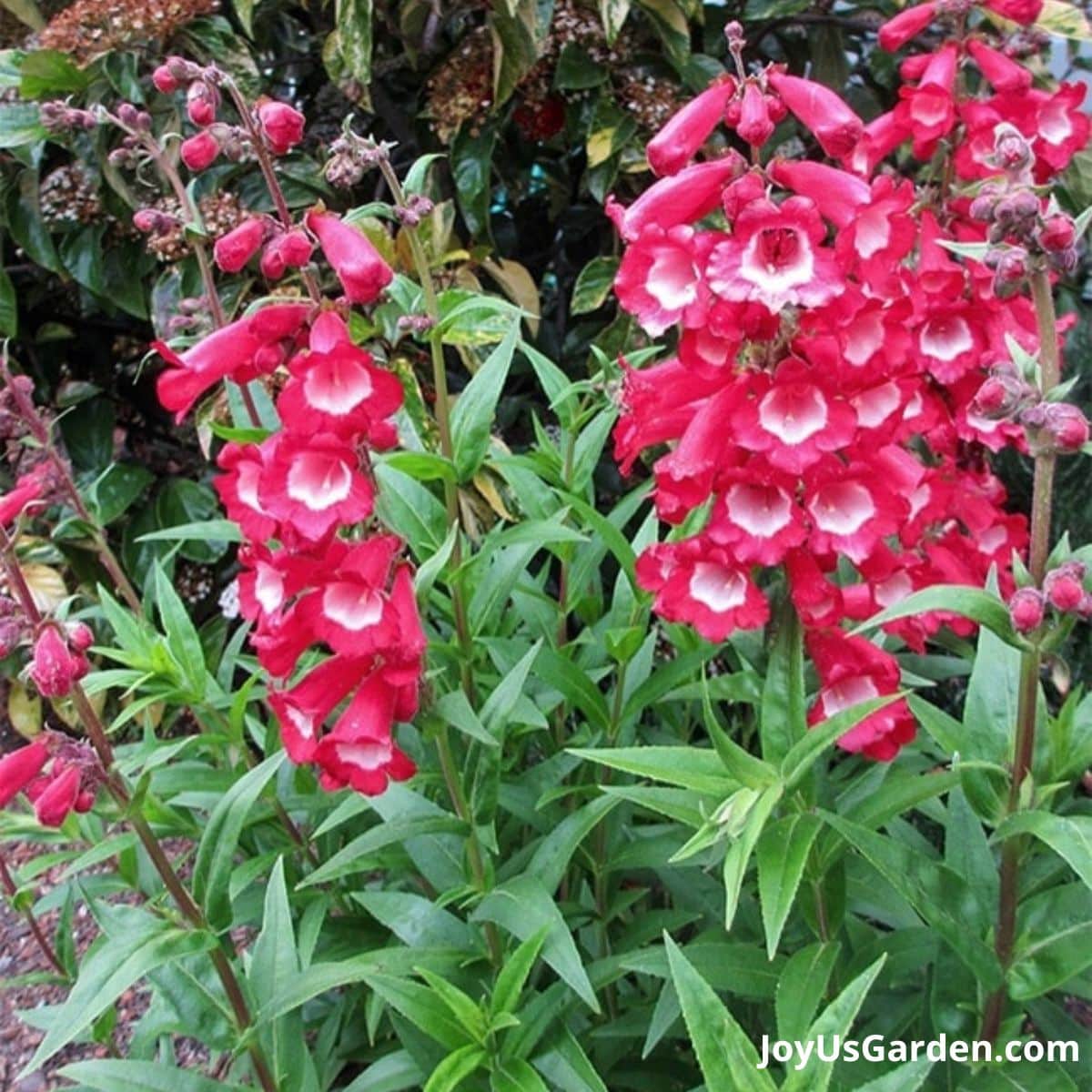
Also known as beardtongue, penstemon is a top pollinator plant that ranges in size from 4” tall dwarf varieties to spectacular, 72” tall cultivars.
Penstemon’s flowers will complement rosemary’s blooms beautifully and draw loads of pollinators to your garden. Even better, penstemon thrives in dry soil and full sun – just like rosemary!
Salvia
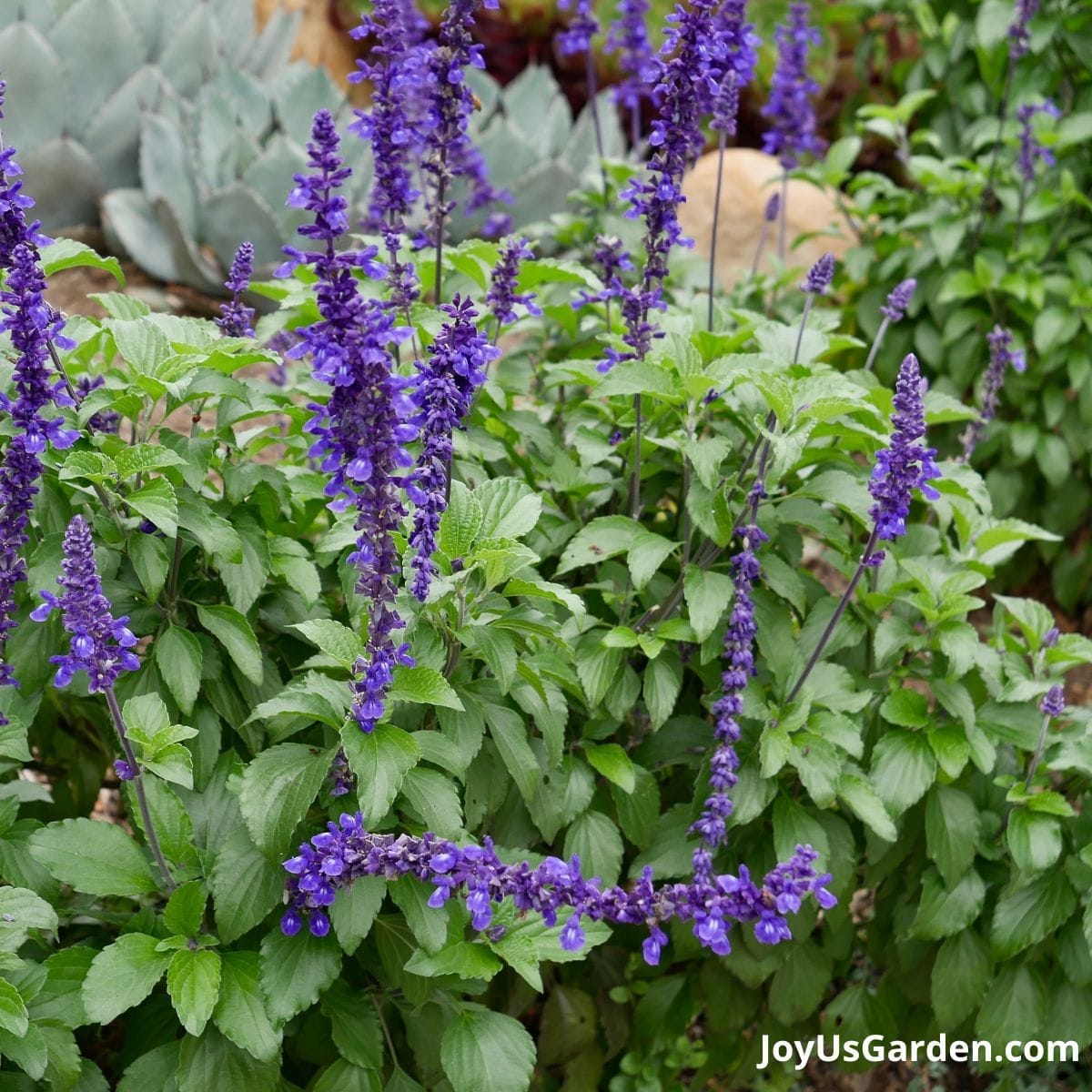
Salvias belong to a large and diverse plant family and come in various sizes. But one thing most salvias have in common is that they like well-draining soil and lots of sun.
You can find salvias in various colors, but purple salvias look particularly appealing when grown with rosemary. If you’re looking for a hardy plant without much fuss, try one of the salvias.
Marigolds
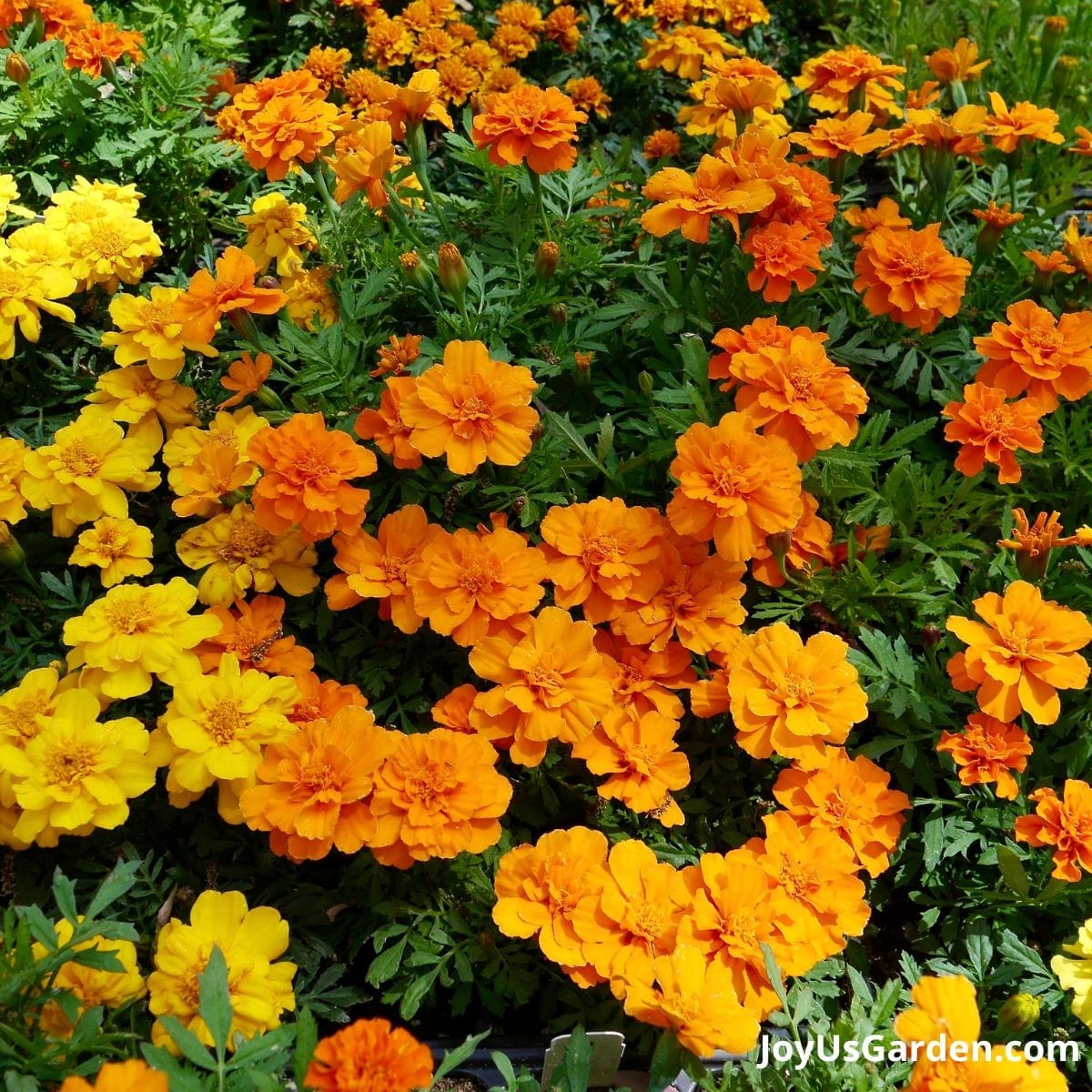
Marigolds and rosemary prefer similar conditions in the garden, making them easy to keep together.
What’s more, marigolds are excellent plants to keep for natural pest control, and planting them in your vegetable garden with rosemary is a great way to keep insect pests at bay.
Zinnia
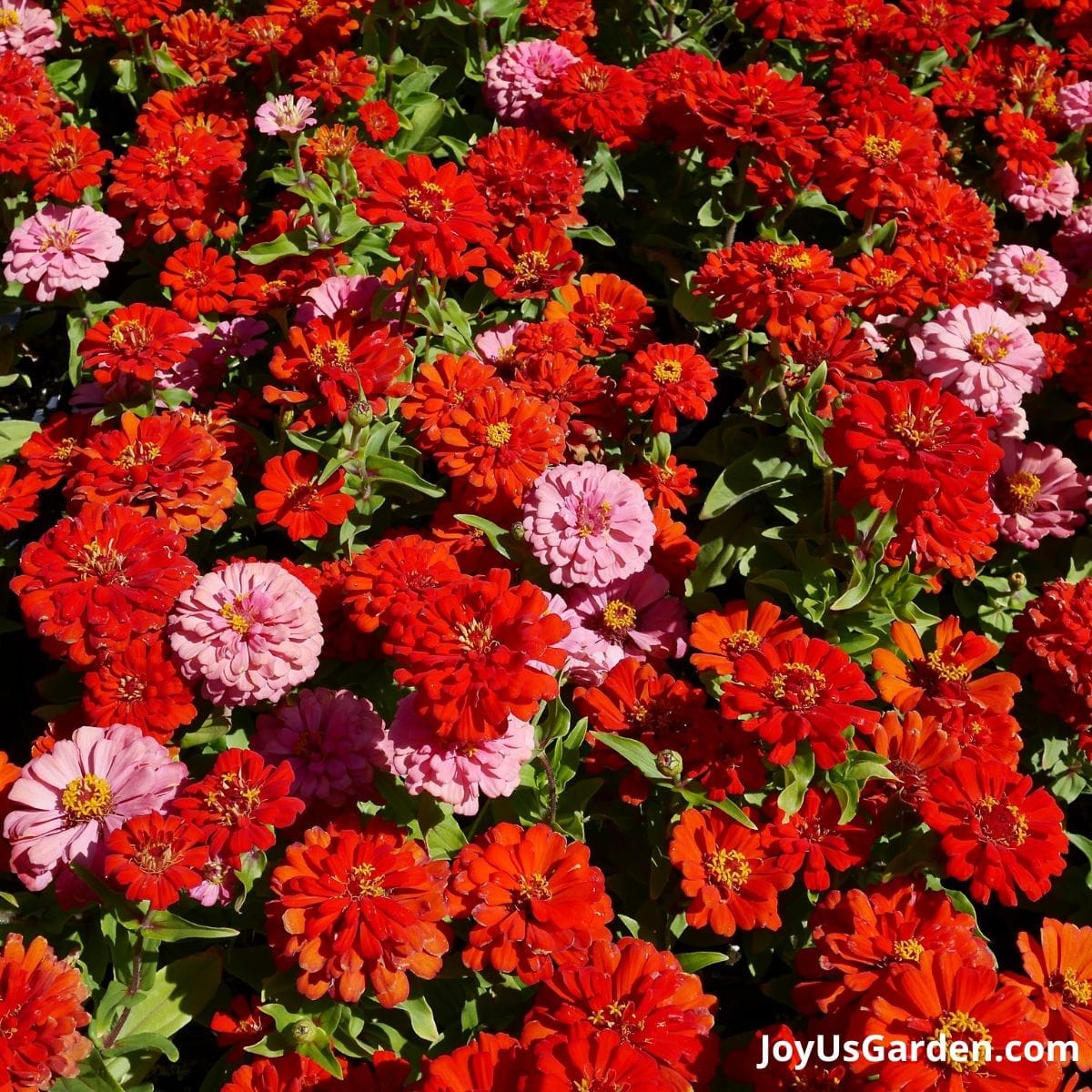
Another excellent companion plant for rosemary, zinnias are highly attractive to pollinators, but they’re also a top choice for cutting gardens. These colorful plants come in many different sizes to suit any garden style.
However, if you’re looking for a rosemary companion plant for a container garden, dwarf zinnias are one of the best options since they only grow between 6 and 12” high.
Geraniums
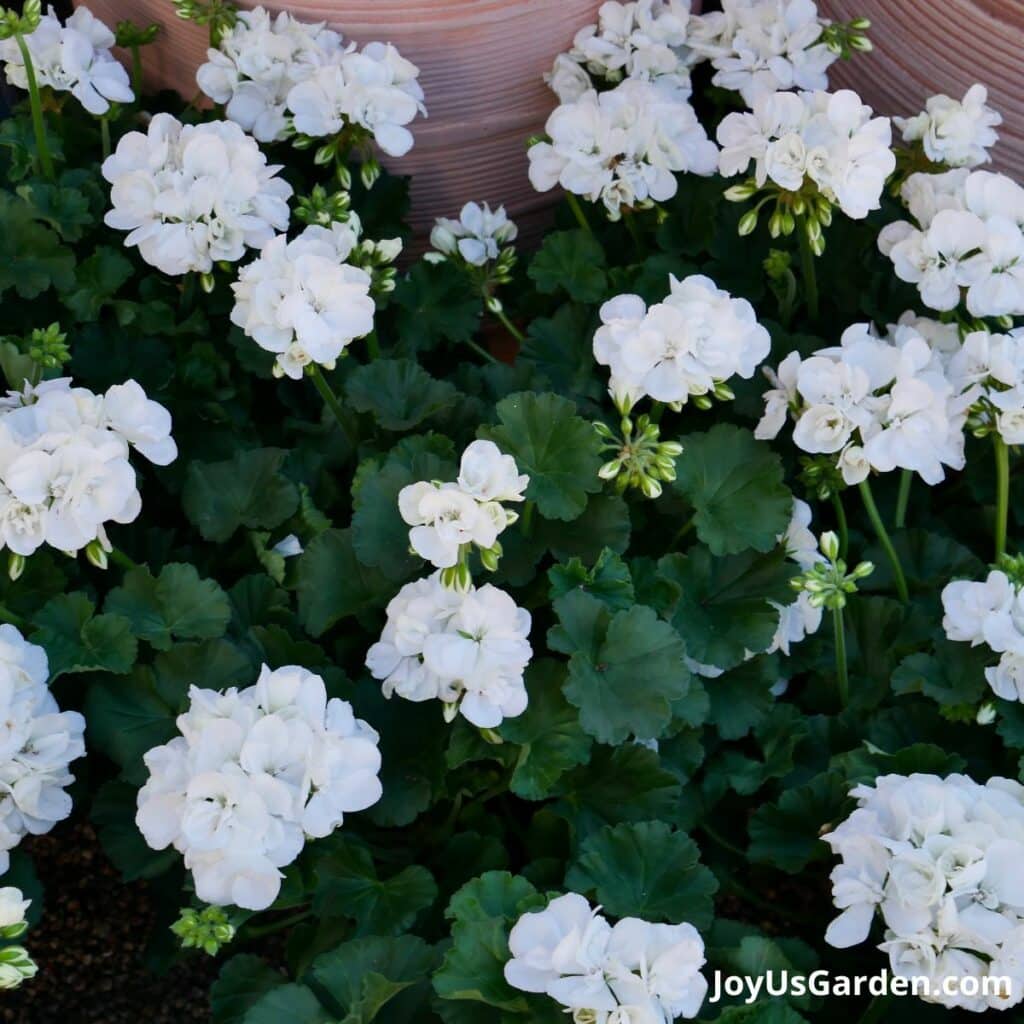
Geraniums are drought-tolerant plants, so you know they’ll grow well with rosemary.
When planted together, geraniums’ showy blooms will elevate the look of your rosemary, while the strong scent of rosemary will repel many common geranium pests, like spider mites.
Is your geranium getting leggy? Check out our Geranium Pruning Guide.
Which Herbs Grow Well With Rosemary
Rosemary is native to the Mediterranean region, where the summers are hot, and the soils are sandy and well-draining. That’s why some of the best companion plants for rosemary are other Mediterranean herbs that love dry soil and full sun.
Lavender
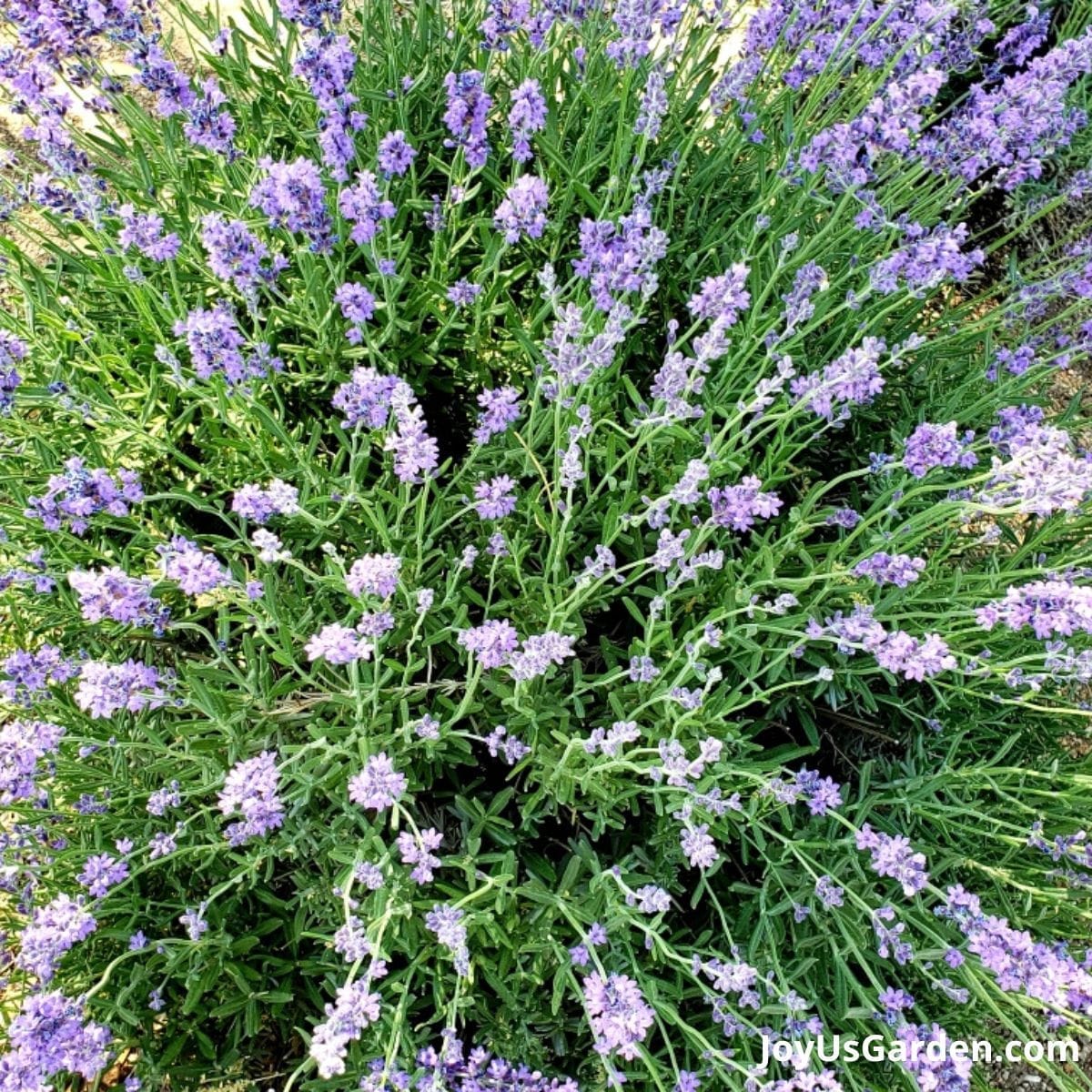
Rosemary and lavender are famously aromatic herbs, but they also have very similar growing needs.
Both lavender and rosemary grow well in inground gardens or containers. Like rosemary, lavender can be kept small with pruning or mature into a larger shrub reaching 3 or 4’ high.
Have a small space? Lavender does well growing in pots. Here’s a guide on How To Plant Lavender In Pots. We also have a post to answer your questions on growing lavender. Check out our Lavender FAQs.
Oregano
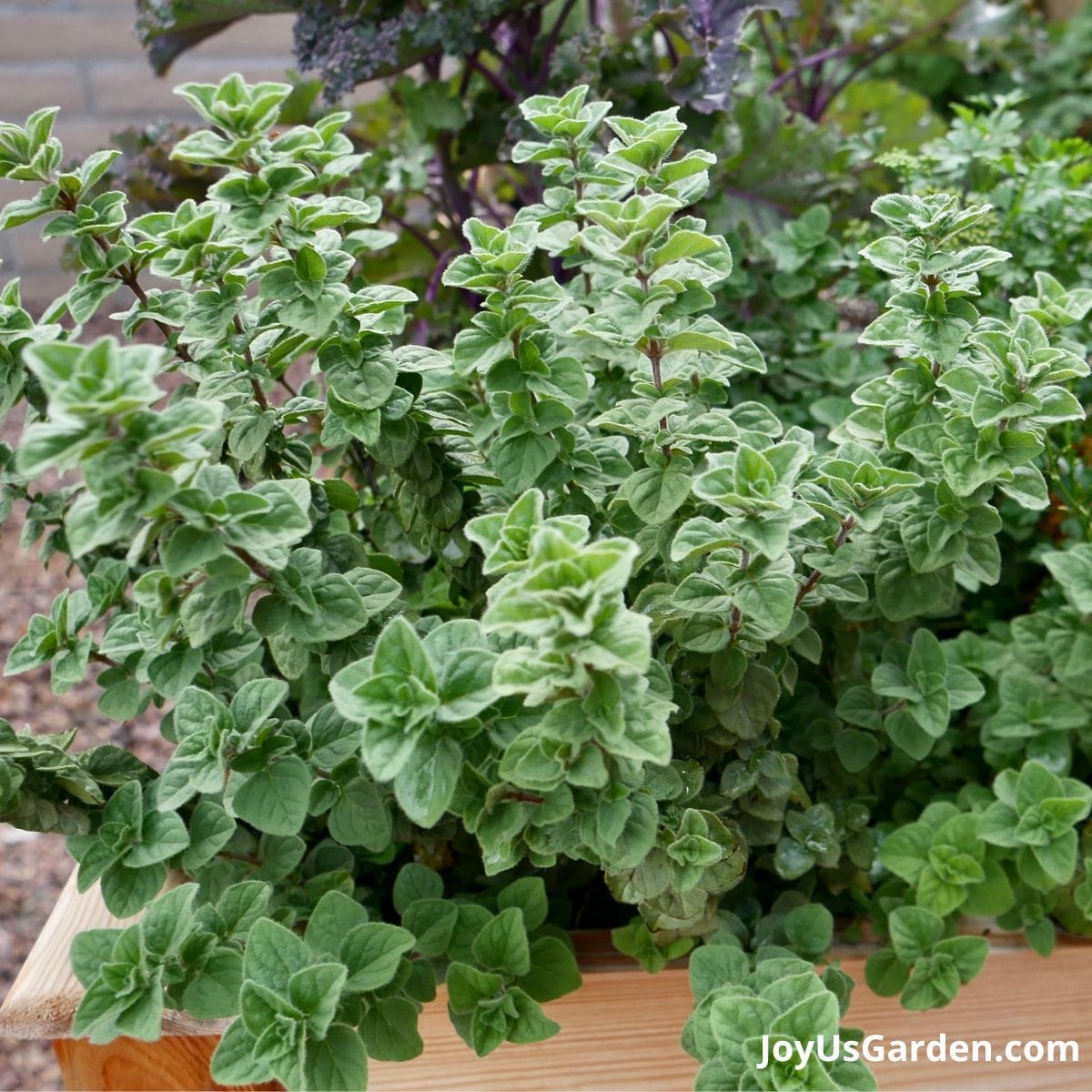
Oregano is another popular herb that loves lots of bright sun, and its rich, green leaves will balance rosemary’s needle-shaped foliage.
Just keep in mind that oregano is a perennial herb that’s much more cold-hardy than rosemary. That means that if you live in a cold area, oregano will return year after year, while outdoor rosemary plants must be replaced every spring.
Sage
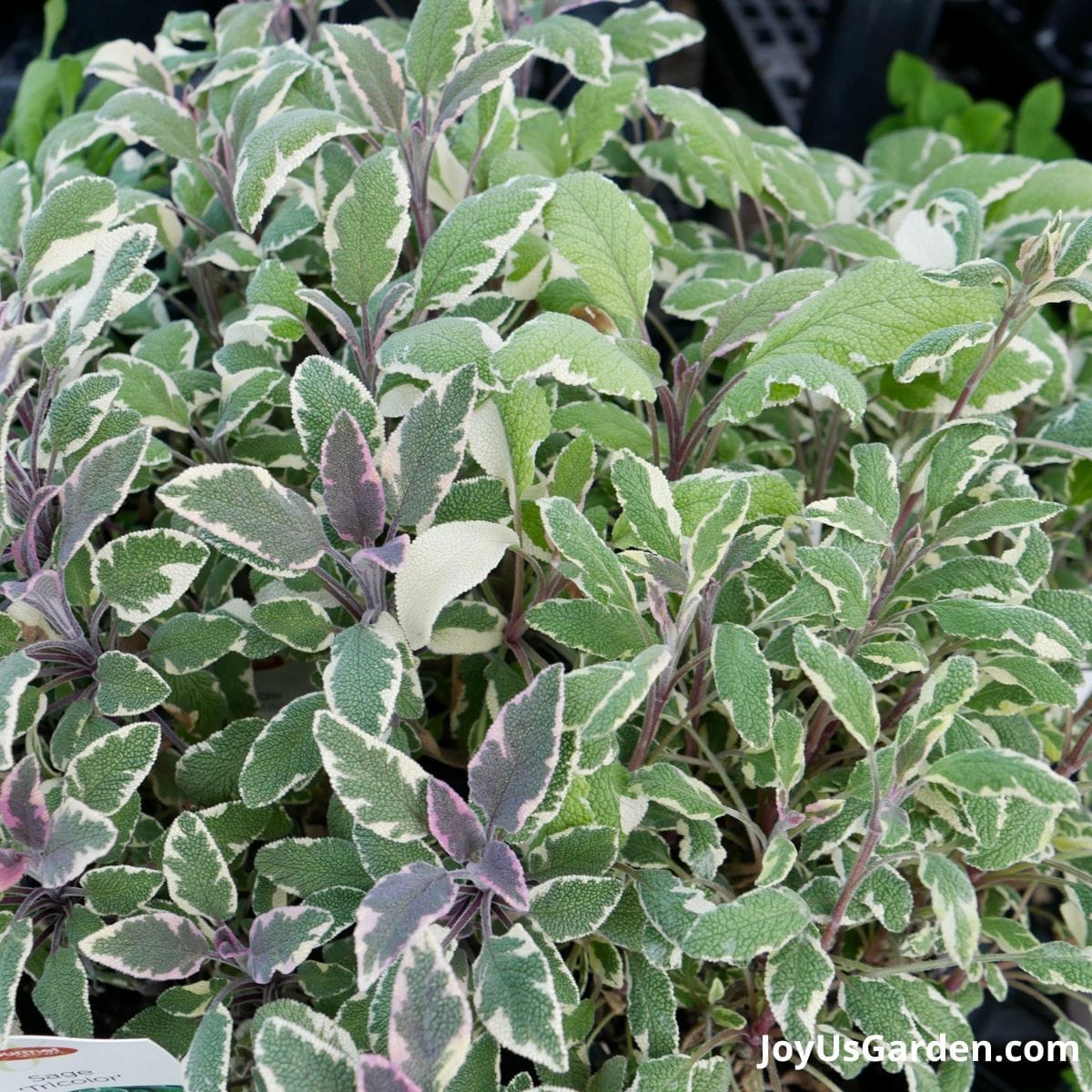
Growing sage and rosemary together can cut your gardening chores in half because these plants have the same care requirements.
While common green sage looks lovely with rosemary, if you love color, you may want to grow purple sage or tricolor sage instead, adding even more vibrancy to your herb garden.
Thyme
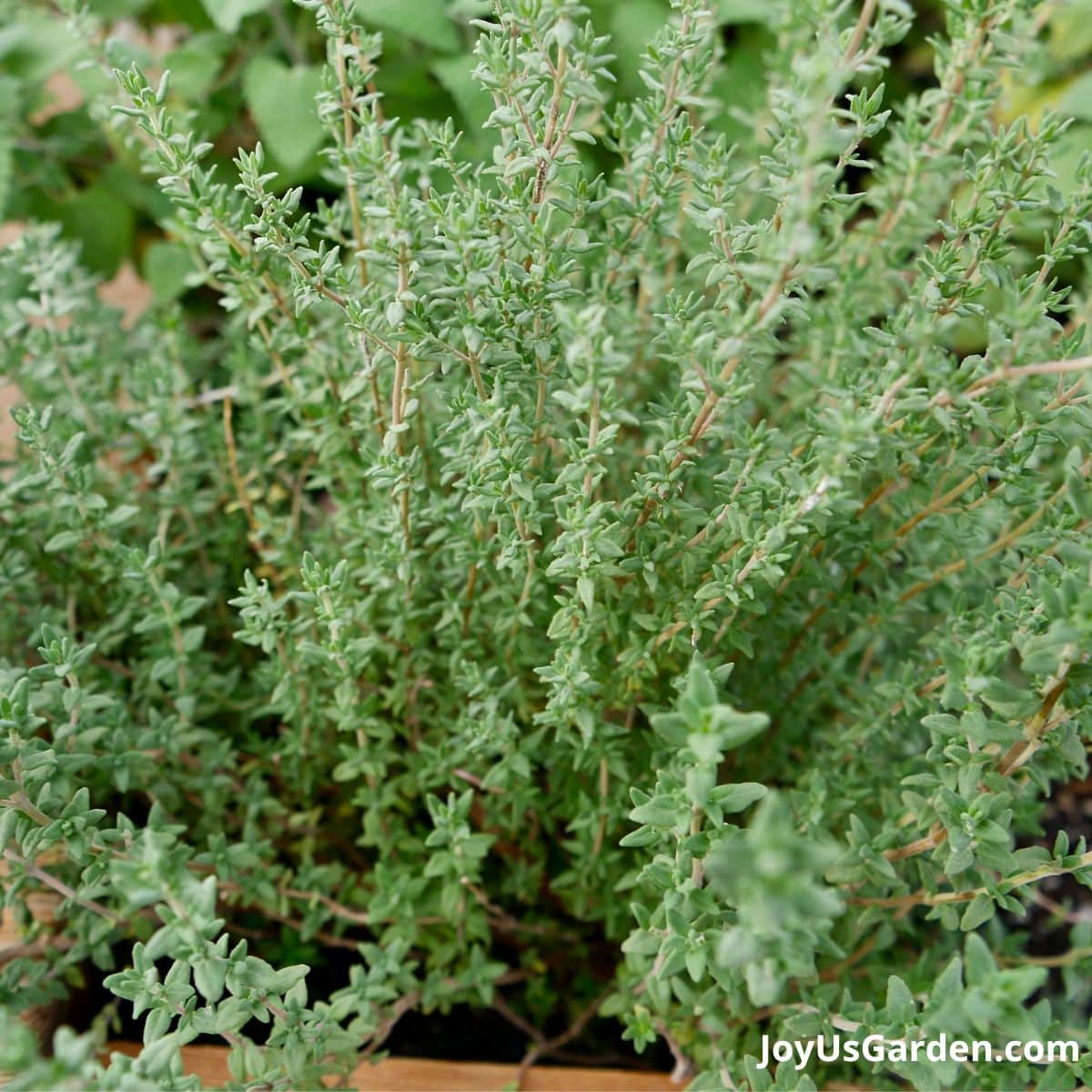
Thyme’s woody stems help it conserve moisture, while its low growth habit means it won’t compete with rosemary for light. Common thyme is one of the best herbs for culinary gardens, but creeping thyme is another fun option.
When used as a low-maintenance ground cover, creeping thyme can keep weeds from sprouting around your rosemary plants!
Marjoram
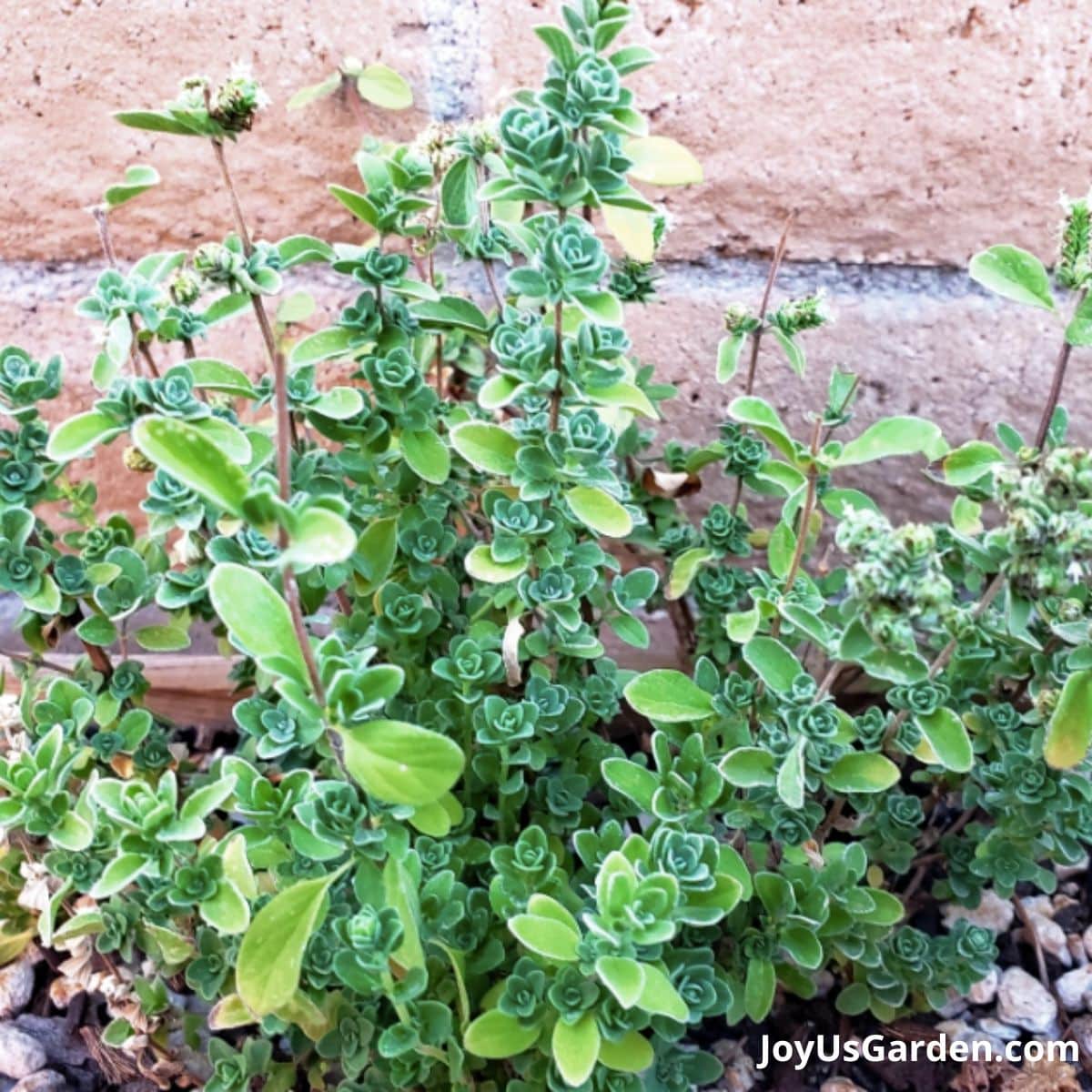
Marjoram is less commonly grown than some of the other plants on this list, but it’s a fragrant herb that packs a punch in recipes with its deep, savory flavor.
Like rosemary, marjoram is a warm weather-loving plant, but it’s kept as an annual in cooler locations.
More useful guides on herbs: 13 Herbs For Full Sun, 16 Plants And Herbs That Repel Mosquitoes, 26 Herbs To Grow In You Herbal Tea Garden, Growing Rosemary, Uses For Rosemary
Which Vegetables Grow Well With Rosemary
Although many herbs and flowers make excellent companions for rosemary, rosemary companion planting offers even more benefits in the vegetable garden.
Strawberry plants
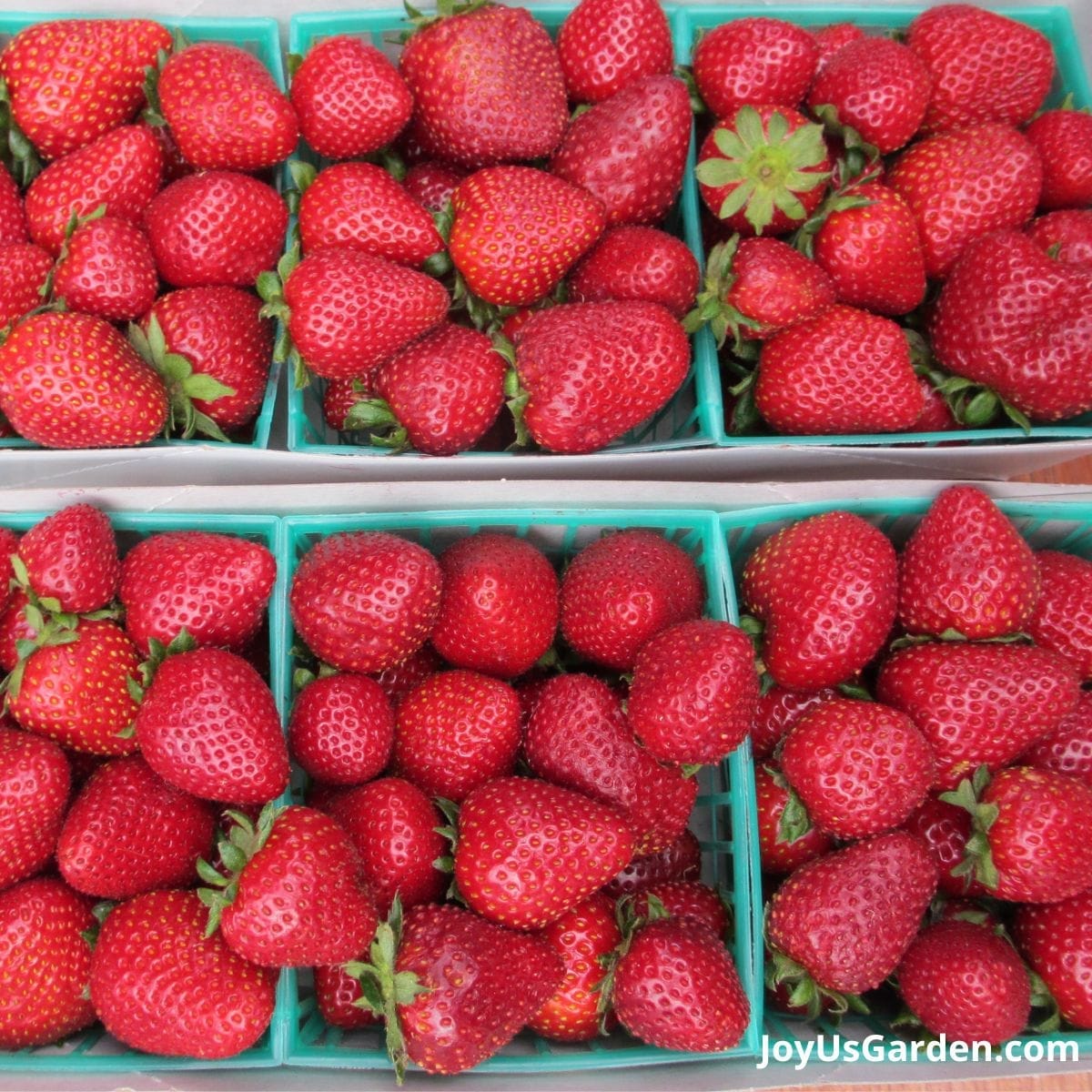
While strawberries aren’t technically vegetables, they’re still perfect companions for rosemary. When growing together, rosemary and strawberries enhance each other’s growth and flavor.
Brussels sprouts and other members of the cabbage family
Brussel sprouts and other members of the cabbage family are commonly targeted by garden pests like cabbage worms. But if you grow rosemary nearby, you can keep many of these pests from invading.
Carrot plants
The carrot fly is one of the top predators of carrot plants. Luckily, rosemary’s scent repels these pests too.
Bean plants
Beans and rosemary are a match made in heaven. While nitrogen-fixing beans improve the soil around your rosemary, rosemary will return the favor by keeping bean beetles away from your beans.
What To Plant With Rosemary In Container Gardens
Other Mediterranean herbs are the easiest plants to grow in pots with rosemary; however, you can try out other companion plants with your rosemary as long as they have similar growing needs. Choose plants that don’t need much water and thrive in full sun and well-draining soil.
You’ll also want to consider your pot size to make sure you have enough room to grow rosemary and the companion plants of your choice. While rosemary doesn’t need much space when grown as an annual, a single rosemary plant requires at least a 12” diameter pot to grow properly. But you’ll need an even larger container if you want to keep multiple plants together.
In temperate climates, rosemary is a long-lived perennial shrub. Most get tall and/or wide, so you’ll need a larger pot, at least 20″ in diameter, to accommodate a rosemary plant and its companions.
Are you wondering How To Use Rosemary? This guide also gives tips on harvesting & storing this aromatic plant.
Worst Rosemary Companion Plants
Rosemary is a pretty adaptable plant that grows happily with many other herbs, flowers, and vegetables, but some exceptions exist. Since rosemary prefers dry soil and lots of sun, bad companion plants for rosemary include any plant that needs shade or damp soil to grow.
For this reason, tender-stemmed herbs like basil and cilantro are usually not great companions for rosemary since they need more water.
If you need rosemary care tips, check out our comprehensive Guide To Growing Rosemary.
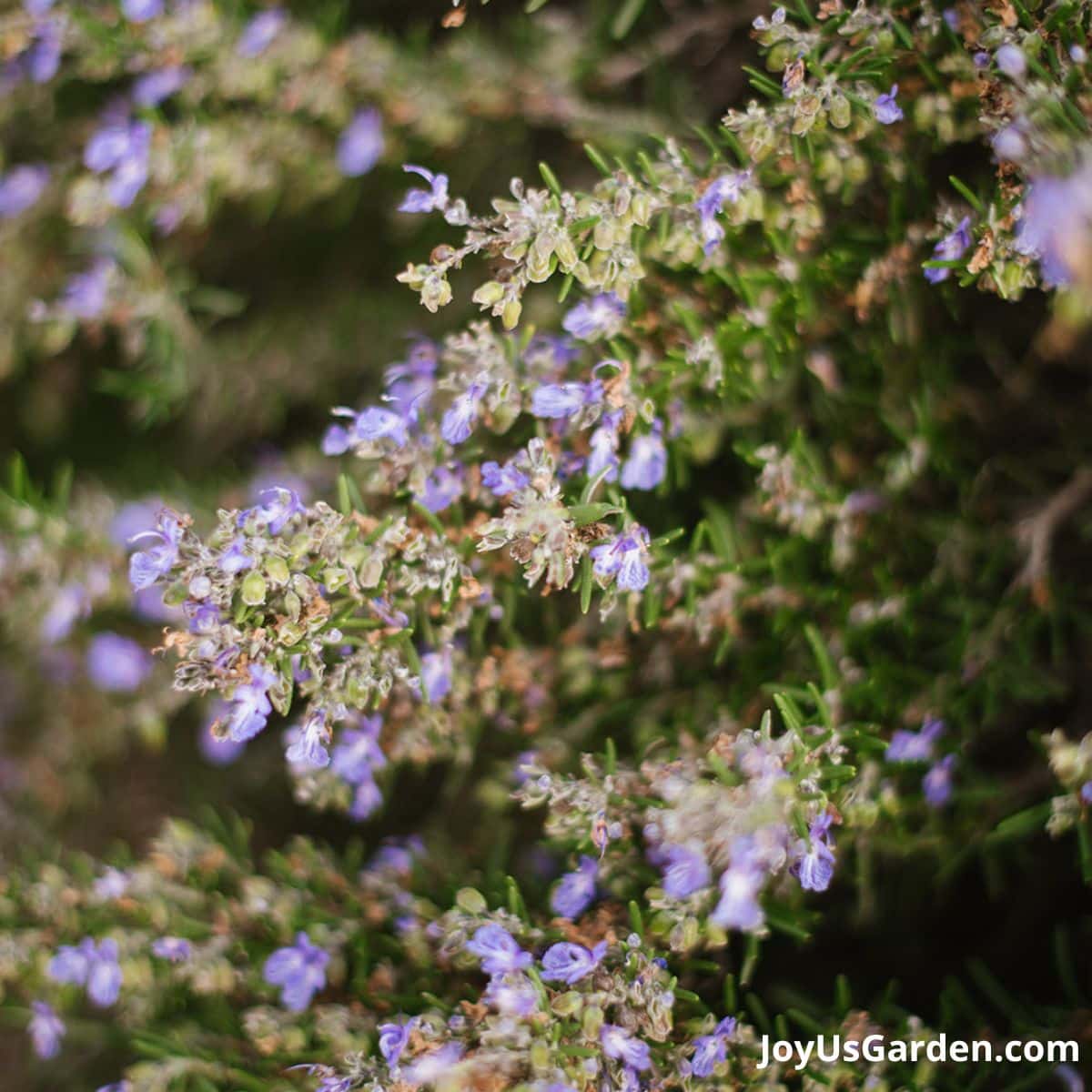
FAQ’s Rosemary Companion Plants
Yes! Rosemary and lavender are both Mediterranean plants that prefer similar growing conditions. Keeping these plants together makes a lot of sense, and you won’t need to water them much.
No. While rosemary grows well with many different plants, rosemary and tomatoes, have different watering needs, so they aren’t great companion plants in the garden.
Depending on your pot size and type of rosemary, you can definitely grow multiple plants together in a single container. Just keep in mind that a single rosemary plant needs at least a 12” diameter pot, and multiple rosemary plants should be spaced at least 18” from each other.
Rosemary will grow nicely in any rich, well-drained soil. If your soil quality is less than optimal, you may want to amend it with some compost or other organic matter to boost the soil nutrients and improve drainage.
There are many different varieties! The main differences are in size and form. All have blue to violet flowers, except Majorca Pink (pink) and Alba (white).
Popular varieties include Tuscan Blue (6-7′, a favorite of chefs), Tuscan Spires ( 5-6′, aka Blue Spires), Boule (2 x 2′), Collingwood Ingram (2.5 x 6′), Huntington Carpet (1.5 x 6′, aka Huntington Blue), Prostratus (2 x 6′), and Blue Boy (2 x 2′).
Conclusion
Rosemary’s ability to repel pests makes it one of the best companions for various plants. Pairing the right plants with rosemary can enhance the growth of your garden, keep pests away naturally, and offer other benefits too. So why not give companion planting a try?
Whether you keep a large garden or just a few small pots on your balcony, companion planting with rosemary is always a good idea!

